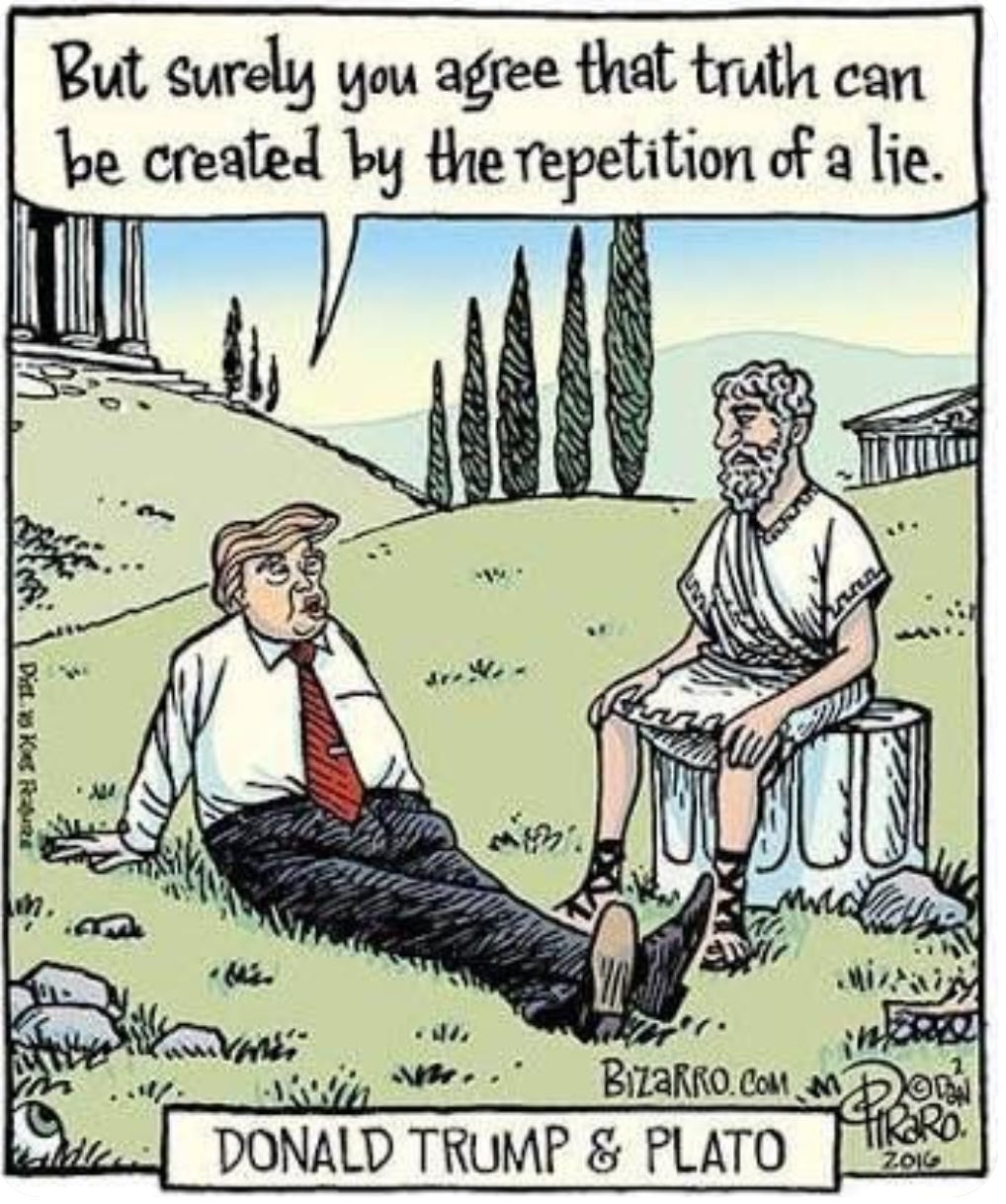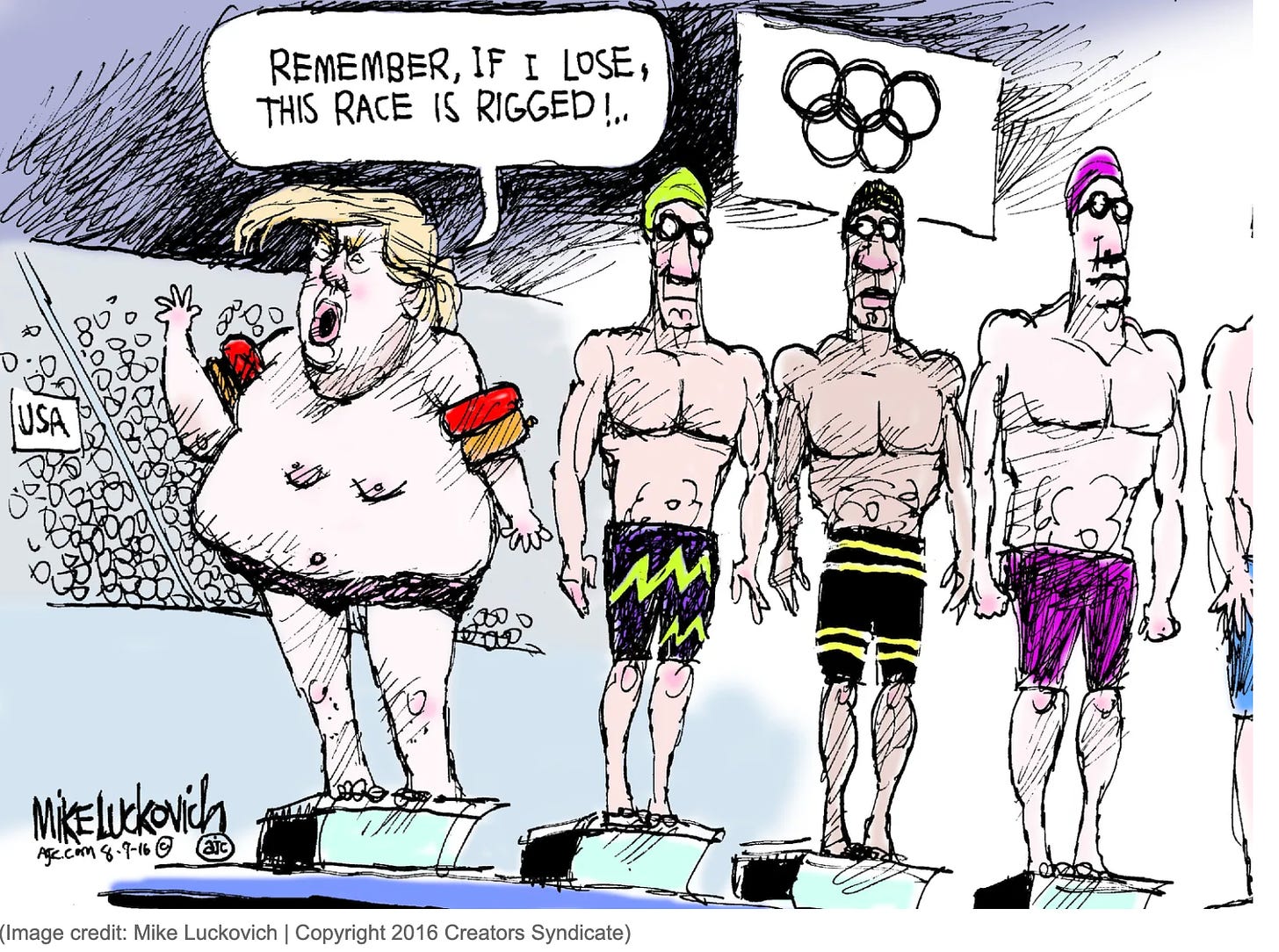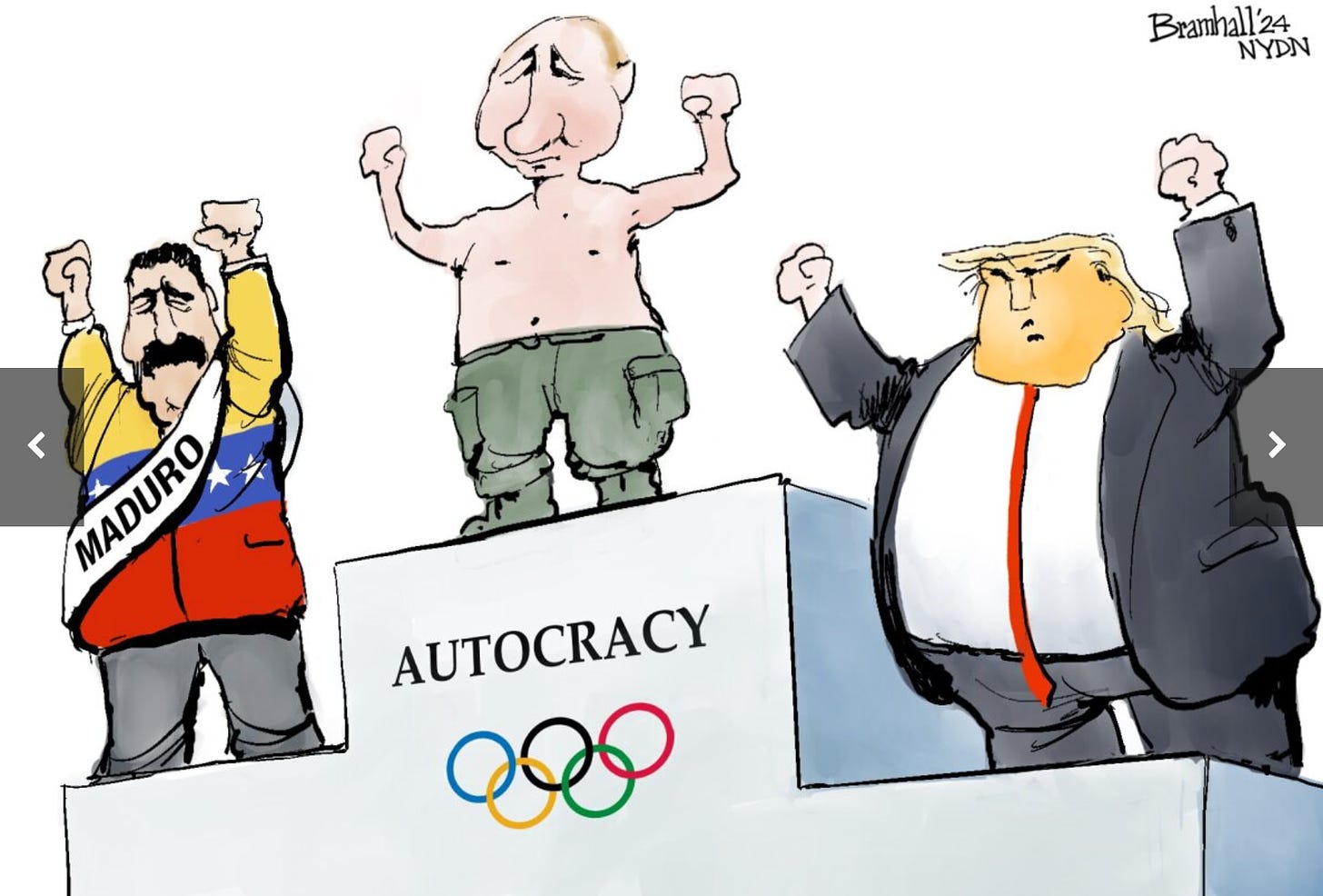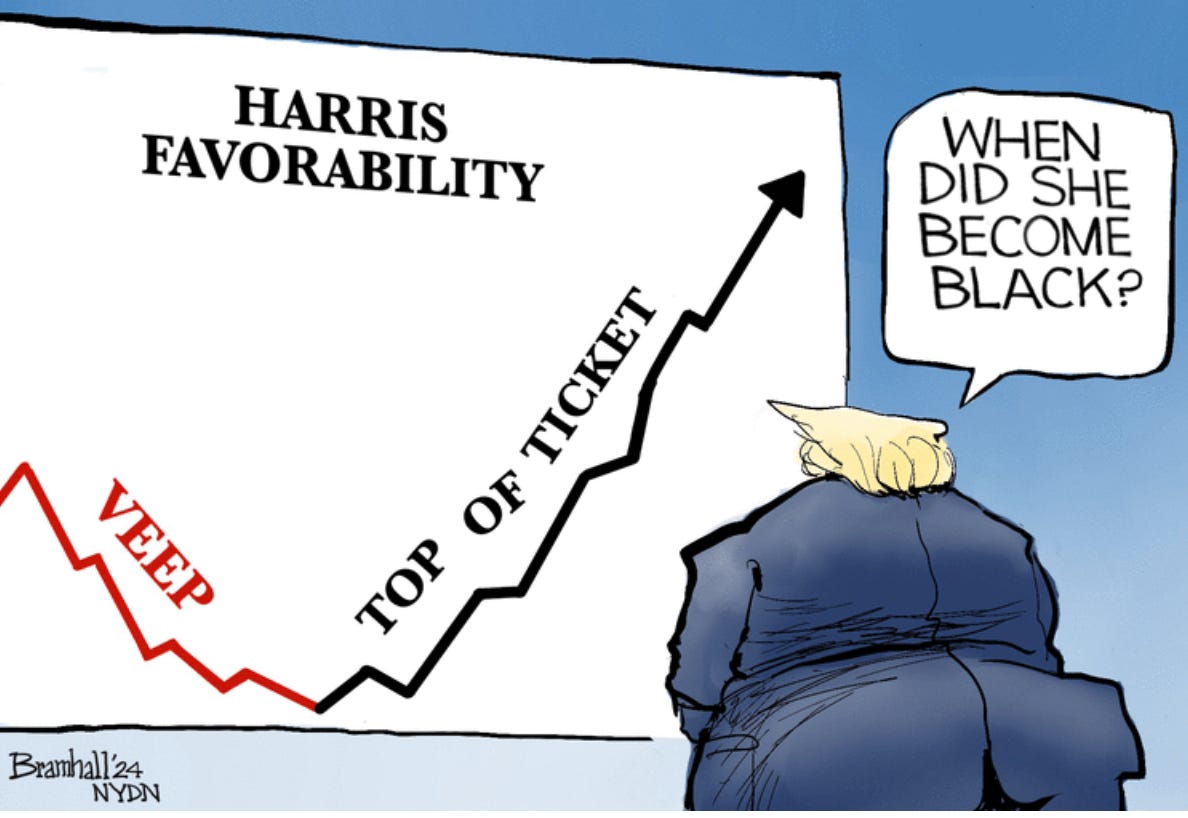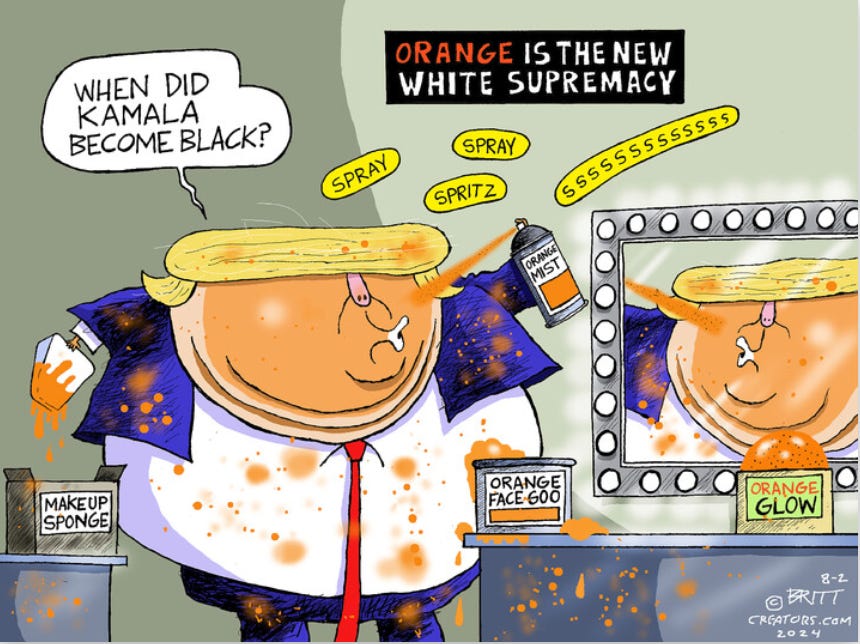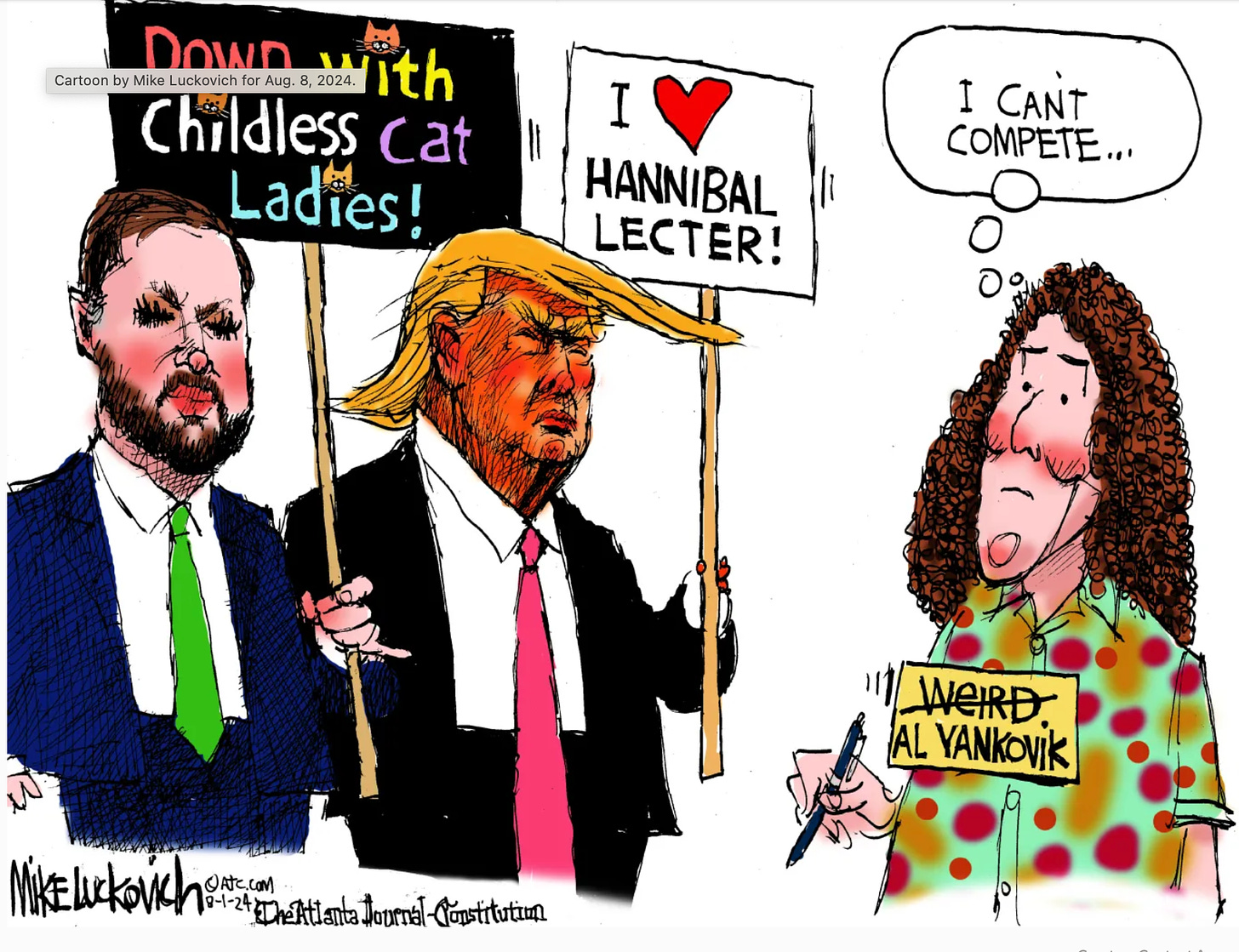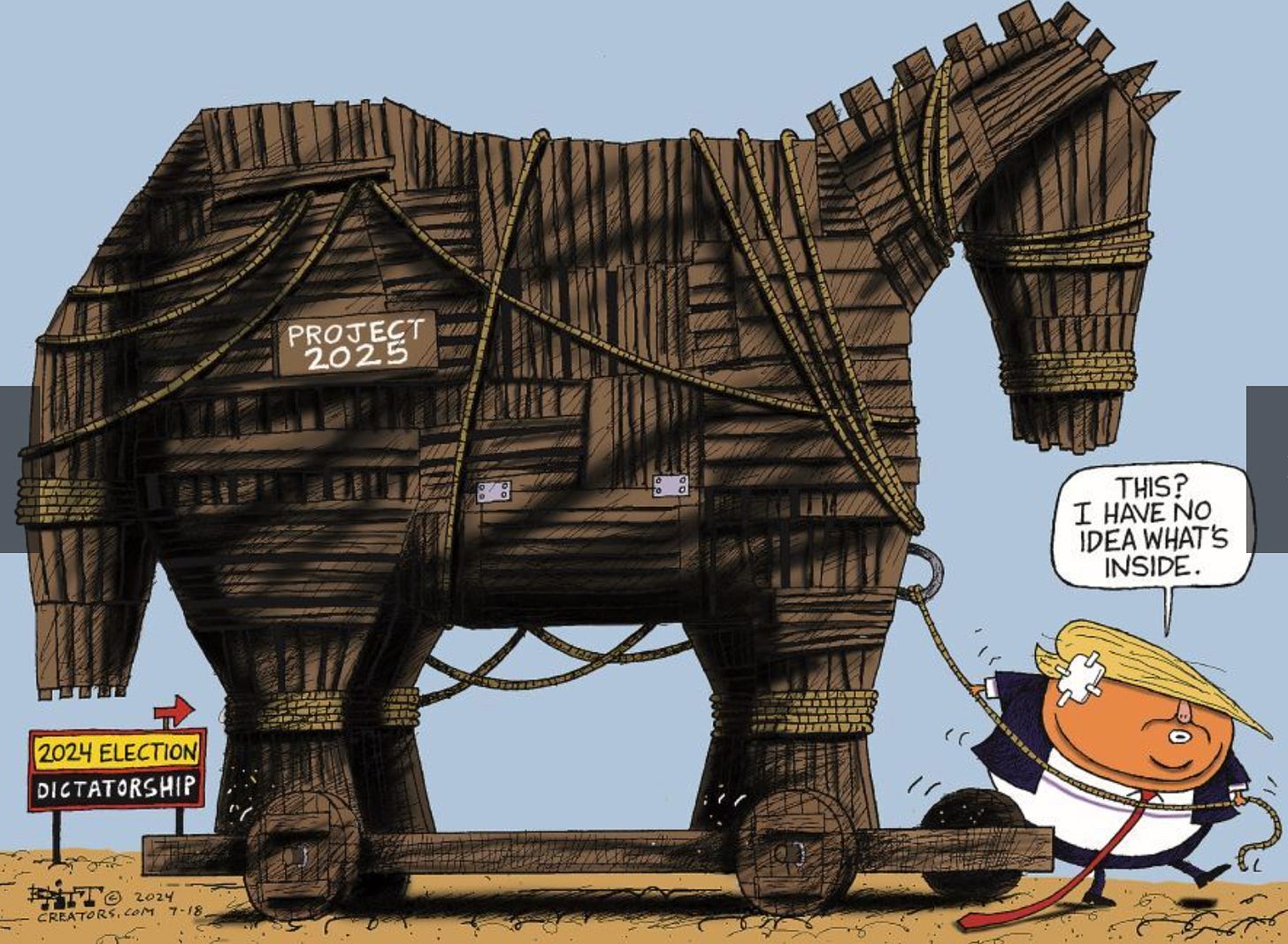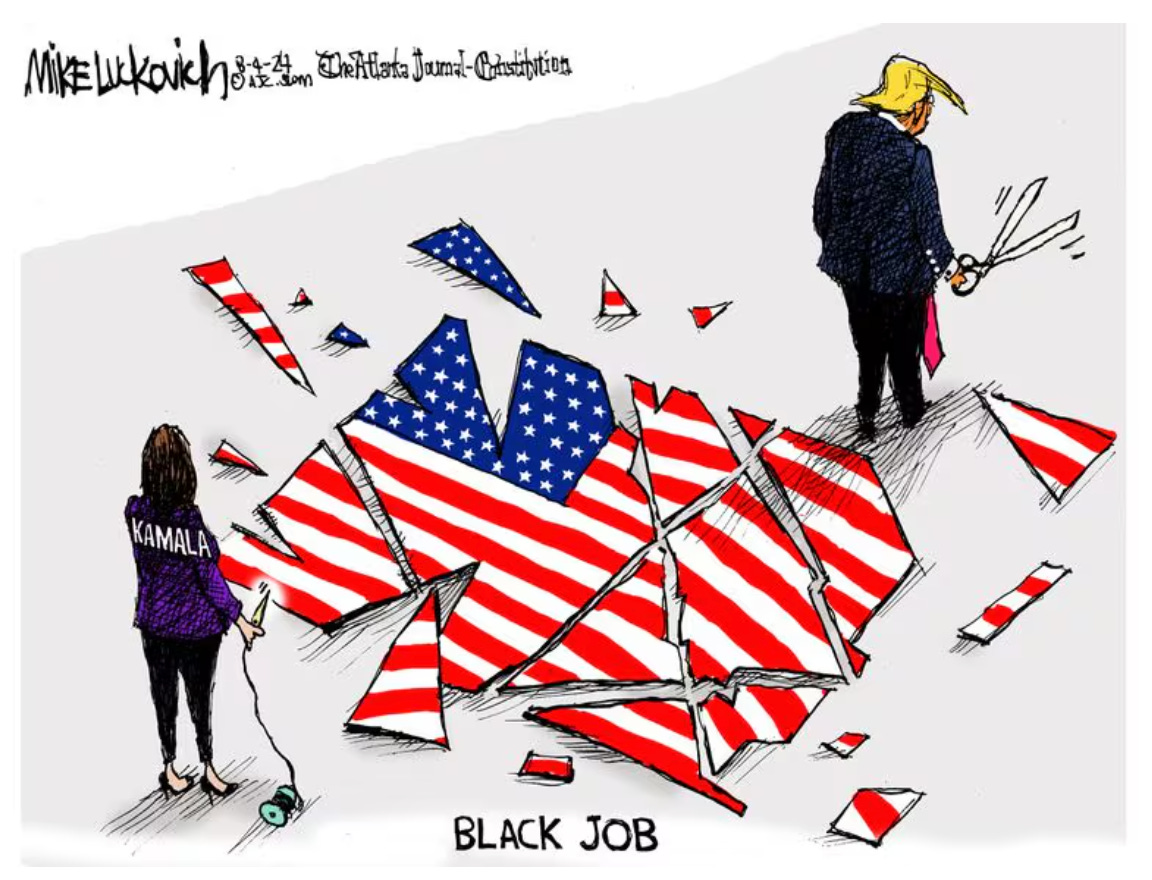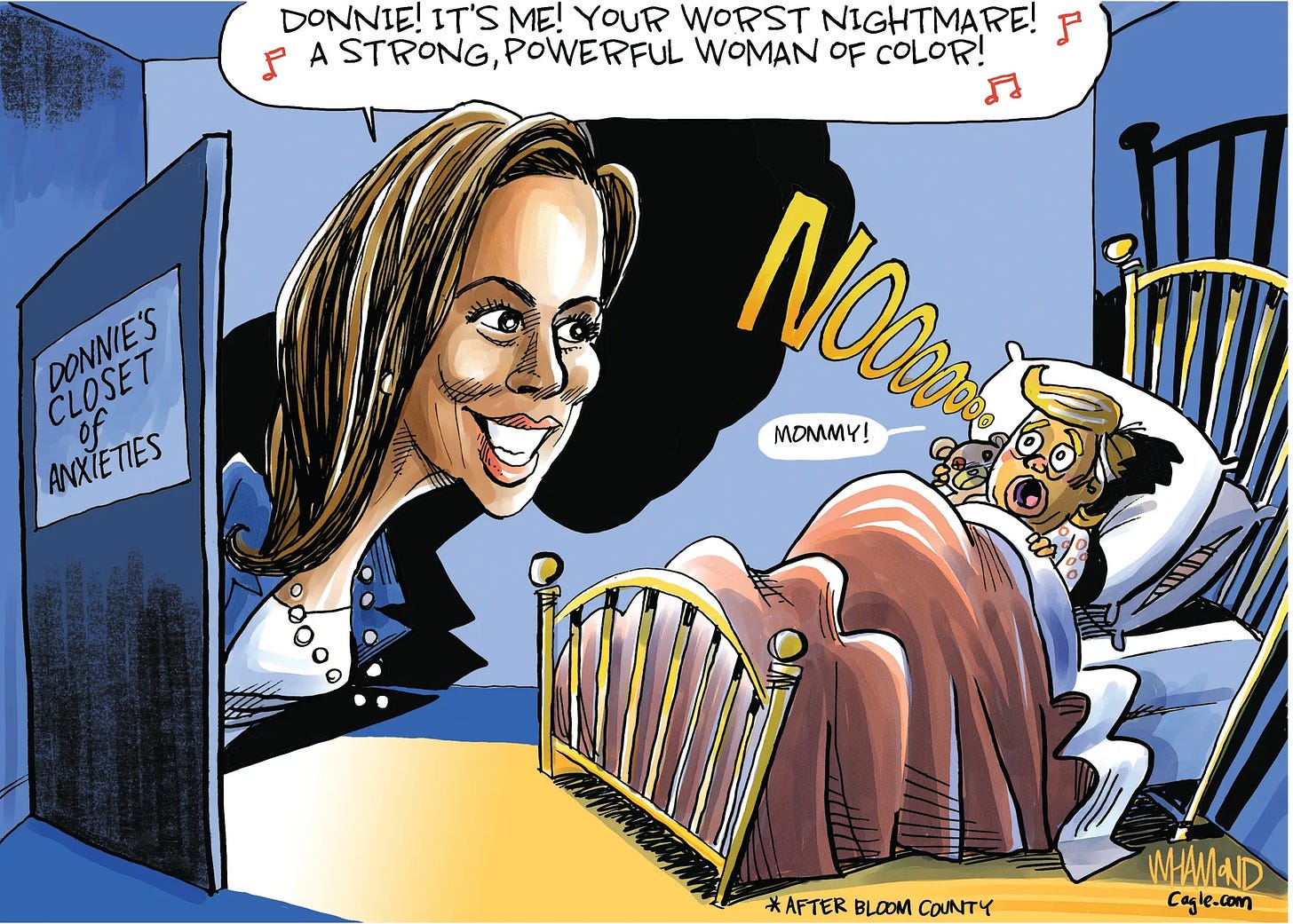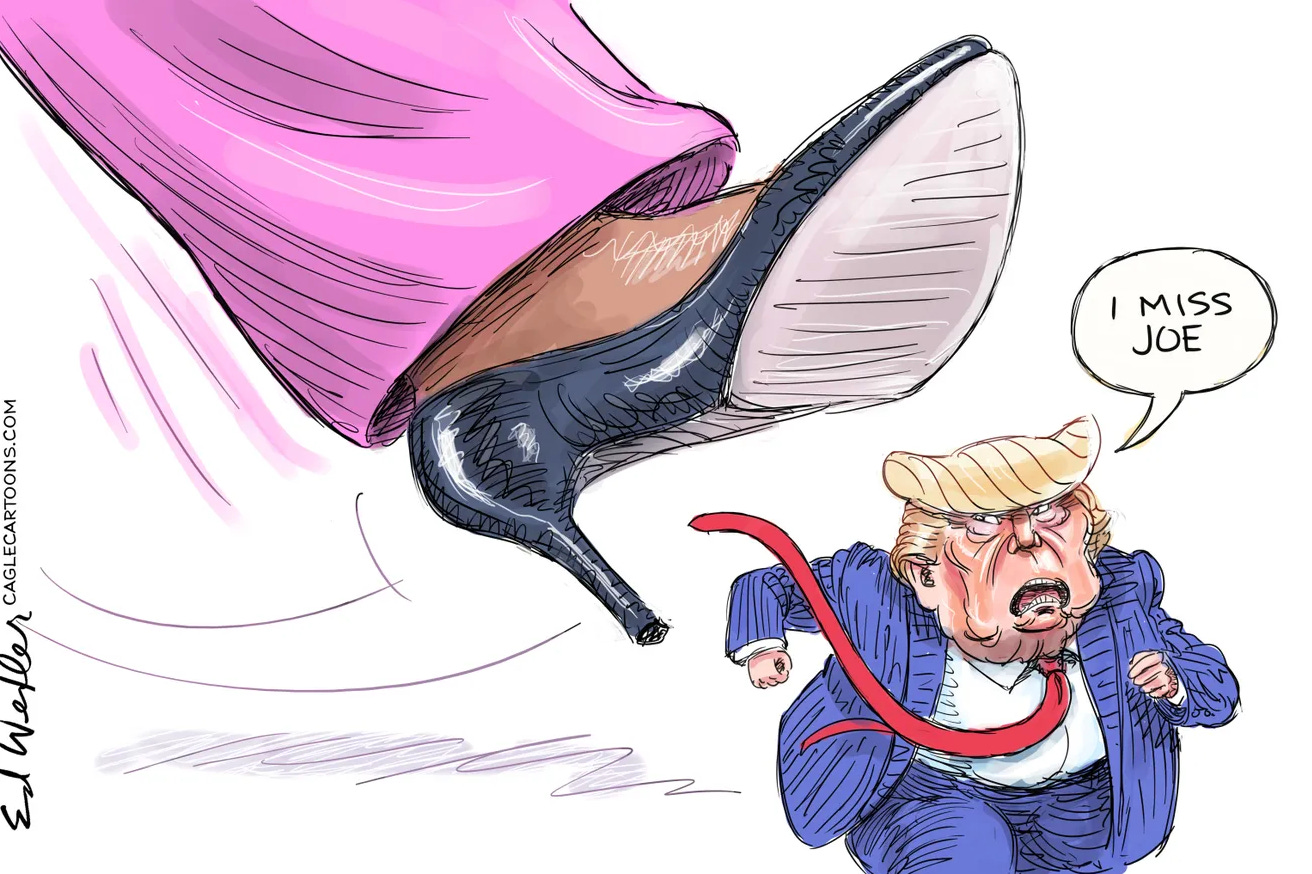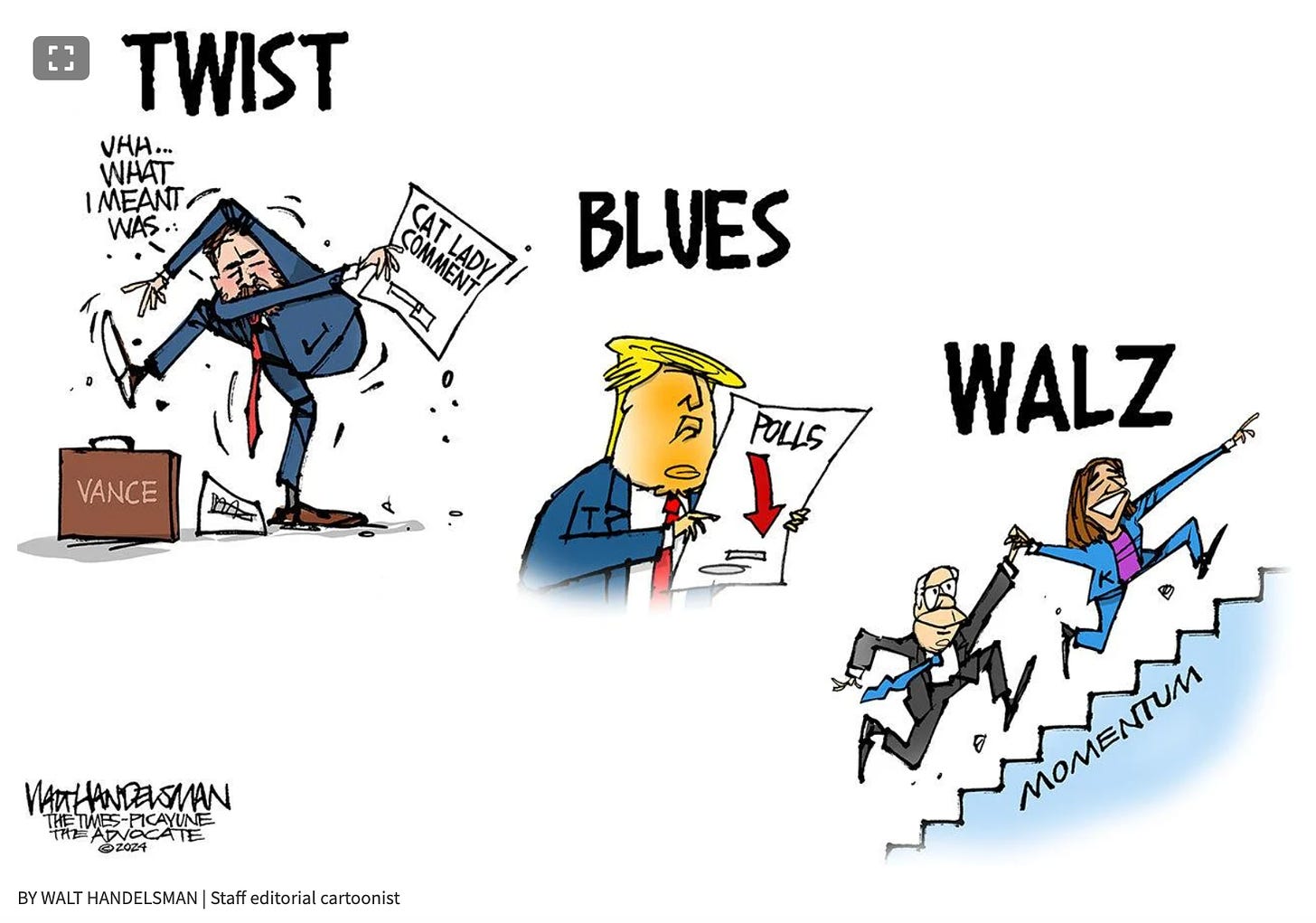“Followership” is a dangerous thing. See JD Vance

As the Vietnam War ramped up and Lyndon Johnson struggled to carry JFK’s mantle in the White House in early 1965, Bob Dylan released “Subterranean Homesick Blues.” Among the song’s memorable lines: “Don’t follow leaders, watch the parkin’ meters.”
For anyone who has been disappointed by politicians, teachers, clergy or others in authority, the line resonates. It suggests that, ultimately, we all must think for ourselves in both the big and little things. That’s so because the most inspiring leaders can take us astray and, perhaps, because the most charismatic can be the most dangerous.
Such folks can have an extraordinary ability to convert even the seemingly brightest people into followers.
Consider JD Vance. The Ohio senator and running mate for Donald J. Trump underwent an extraordinary conversion under the former president’s influence.
Recall that Vance in 2016 called Donald J. Trump an “idiot,” said he was “reprehensible,” and labeled him “cultural heroin.” He shared his feelings about the then-candidate to a Facebook friend: “I go back and forth between thinking Trump is a cynical asshole like Nixon who wouldn’t be that bad (and might even prove useful) or that he’s America’s Hitler.” And in an October 2016 interview Vance said he was a “never-Trump guy.” The following year, he said the president-elect was a “moral disaster.”
Now, of course, all that has changed. Vance has metamorphosed into a true believer. He has become Trump’s angry warrior, his “attack dog,” as Politico and Axios, among others, have called him. Nowadays, he barnstorms the country, lambasting Vice President Kamala Harris and her running mate, Minnesota Gov. Tim Walz. Never mind that his broadsides, especially on Walz, don’t hold up; like his master, he disregards the facts to serve his own ends.
How could that be? How could Vance, a clearly intelligent Yale Law School graduate and U.S. Senator, have done such a flip-flop?
Perhaps the most insightful comment on the point comes from a University of Oregon political scientist, Joseph E. Lowndes. “Vance has been a chameleon his whole life – that’s how he described himself in his autobiography,” Lowndes is quoted in The Guardian as saying. “He has no core, and seems to have been influenced by a series of strong personalities, from Amy Chua, to Peter Thiel, to Trump.”
Chua, author of Battle Hymn of the Tiger Mother, was a Yale Law School professor of Vance’s who persuaded him to write The Hillbilly Elegy about his troubled upbringing. Thiel is an idiosyncratic Silicon Valley billionaire who has long backed Vance in business and politics.
If Lowndes is right, Vance is an example of the ultimate follower, a shape-shifting devotee who assembled his identity under the influence of others. Certainly, there’s reason to think Vance at best had a fragmented sense of self before being molded by powerful people.
“Vance was born James Donald Bowman, after his biological father, Donald Bowman, who separated from Vance’s mother Beverly when he was young,” Vanity Fair reported. “When Beverly later remarried, Vance was adopted by his stepfather and became James David Hamel; this is the name he kept through his early adulthood. He went by J.D., before and after the name change, but when he enlisted in the Marines, he was known officially as Corporal James D. Hamel. Then in 2013, around the time he was admitted to the bar, he opted to change his surname to Vance. In Hillbilly Elegy, he notes that he chose the name in honor of Bonnie Blanton Vance, the grandmother who helped raise him. (In his recent campaign speeches, Vance has spoken fondly of his ‘Mamaw and her extensive arsenal.)”
The many changes Vance, now 40, has undergone have drawn notice even among psychologists.
“Then there is Vance’s religious odyssey,” Psychology Today blogger John A. Johnson writes. “Understandably, when he was a child being raised by his grandmother, he initially adopted her belief in Jesus and loathing of organized religion, especially televangelists, whom she called ‘crooks and perverts.’ As he got older, the pain he experienced from living in a dysfunctional family led to constant arguments with his grandmother about whether God really loved them. As a teenager, he reconciled with his father and attended his father’s Pentecostal Church. But after a stint in Iraq with the Marines, he became skeptical about many things he had believed, and, by the time he attended college, he read Christopher Hitchens and Sam Harris and began calling himself an atheist. However, he found secular worldviews insufficient for providing meaning in life and eventually converted to Catholicism.”
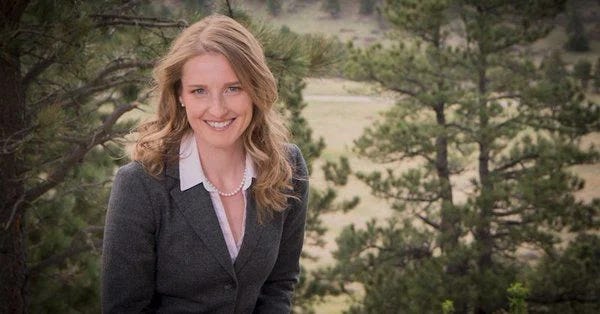
Biomedical scientist Trish Zornio, admittedly partisan as an unsuccessful 2020 Democratic hopeful for the U.S. Senate from Colorado, weighs in on the point in The Colorado Sun. “The man is a walking set of contradictions, and he might as well have ‘Will sell soul for power’ tattooed across his forehead,” she writes.
Certainly, his embrace of Trump (and Trump’s choice of him) reeks of opportunism. But Vance’s yearslong pursuit of father figures suggests more is involved than simple political gain. Strong people seem to have meant far more to him over the years.
To be sure, many of us can credit mentors with helping shape our views, especially when we were young and malleable. That’s a vital function, one might argue, of educators. And perhaps some have influenced our personalities.
But sometimes those influences can be too powerful, indeed can become coercive. I saw this in writing two books that explored what might be called “followership.” One, Transcendental Meditation in America, examined the influence the guru Maharishi Mahesh Yogi exerted on his devotees, even among many who were well educated. The other, Divided Loyalties, probed the power that Islamists had on naive young men recruited to join ISIS.
People unmoored in their own ill-formed identities sometimes surrender themselves to persuasive leaders to help fill in the holes they feel in their lives and personalities. If Lowndes is correct, that’s a sad statement about Vance that could have dire consequences for the country, should the increasingly addled-seeming Trump, now 78, be reelected in November.
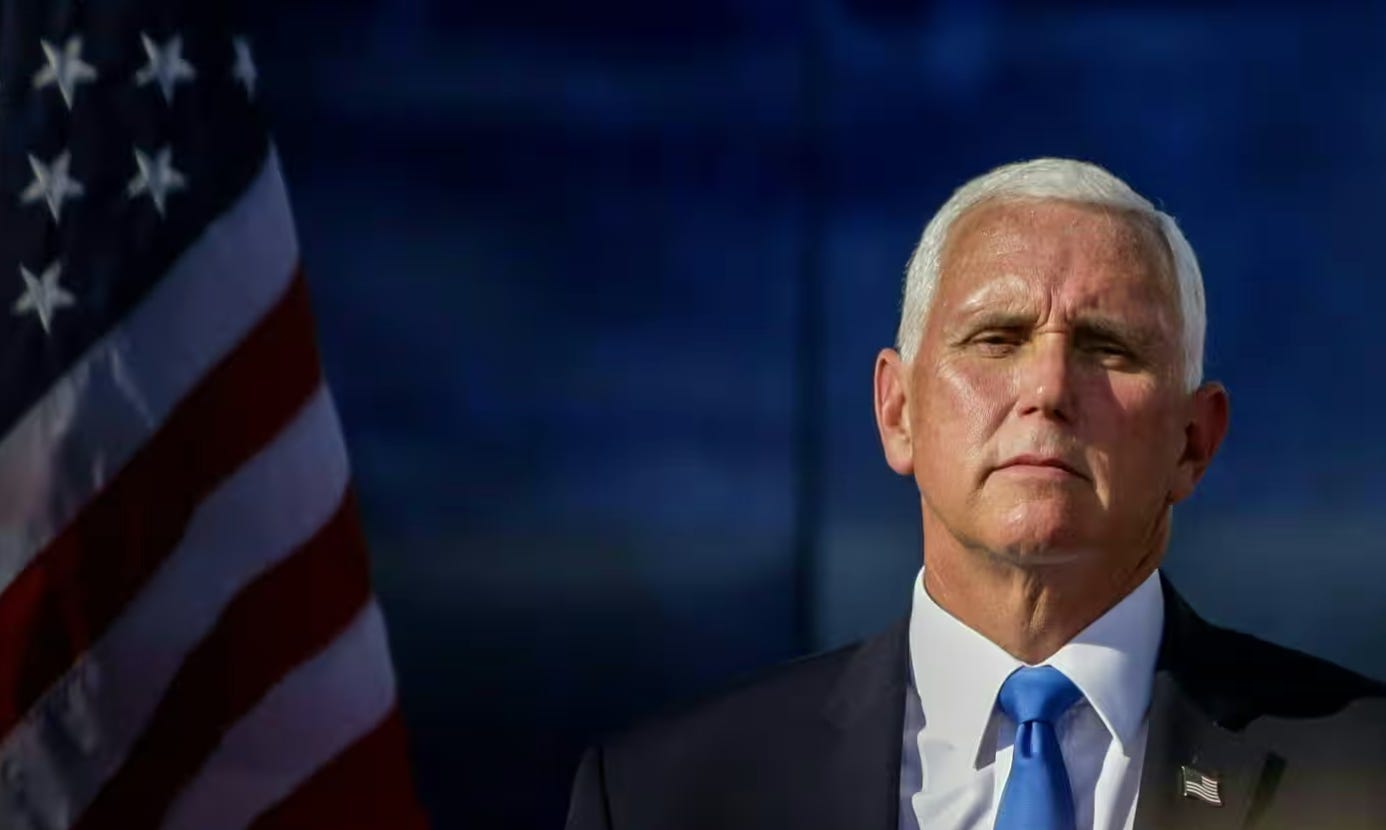
Recall that Trump’s vice president, Mike Pence, had the strength of character to resist Trump’s demands that he improperly decertify the 2020 election results. Pence, it’s clear, had a well-developed sense of who he was and he did the legally and morally correct thing, even if it cost him his political career.
Vance, by contrast, would have done his master’s bidding.
“If I had been vice president, I would have told the states, like Pennsylvania, Georgia and so many others, that we needed to have multiple slates of electors and I think the U.S. Congress should have fought over it from there,” Vance told ABC News. “That is the legitimate way to deal with an election that a lot of folks, including me, think had a lot of problems in 2020. I think that’s what we should have done.”
It’s no wonder that Trump warmed to Vance. Trump, of course, has long needed to be surrounded by yes-men and adoring followers. In Vance, he seems to have found just what he needs and we all may yet be poorer for that.



